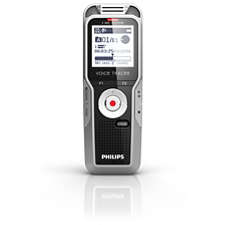One of the requirements of being a Technical Author is capturing information provided by others. This means you’re often taking notes, scribbling madly into a notebook as the other person speaks. So can technology help? Recently, we’ve been looking at some of the technology that might be able to help with taking notes.
Digital pens
The first potential solution we considered was a digital pen. Digital pens record and convert your notes into a digital image of what you have written. Software, usually an application called MyScript, then converts that image into text. The attraction of this approach is you can take notes as you have done for years: with a pen on a piece of paper. The disadvantage is these pens often require you to attach a tracking device to the top of your paper. If you don’t have that positioning device with you, or if it’s not charged up, it won’t work. This means you have to be disciplined enough to always have all the equipment with you. Some devices, as an alternative, use special proprietary paper to track its position and digitize your pen strokes: http://youtu.be/TFE74S40WoI
Scanning your notes
Our current approach is to take notes in a notebook and then digitize these notes using a scanning app on a smartphone. CamScanner, the app we use, will crop and straighten the image, and then convert to a PDF or .JPG file. The advantage of this approach is the technology is always with you, if you have a smartphone. However, this process doesn’t convert the notes to text. The solution for this might be to use the MyScript software to convert the scans into text. This is something we plan to test.
Taking notes on a smartphone or tablet
There are a number of apps that enable you to write on a smartphone or tablet screen using your finger or a stylus pen. The software converts your handwriting to text as you write. We’ve looked at WritePad and Stylus, and there are other apps such as MyScript Notes Mobile.
We’ve only spent a little time using these, but they seem to work. The issue, however, is the input device. You need to be comfortable using your finger, or find a stylus you’re happy with. Stylus pens can be very frustrating. It could work well if you wanted to make notes in a conference session, as it might be more convenient than resting a notepad on your knee.
Having a backup
One of the attractions of pen and paper is it’s generally reliable. It makes sense to have a backup, in case the technology you’re using doesn’t work correctly. For this, it’s worth considering making an audio recording. Many people carry a digital recording device around with them without realising it; they are often included in MP3 players and smartphones. 
What do you use?
Are there any technology devices you use for taking notes? Do you trust these types of solutions? Share your thoughts below.

Leave a Reply